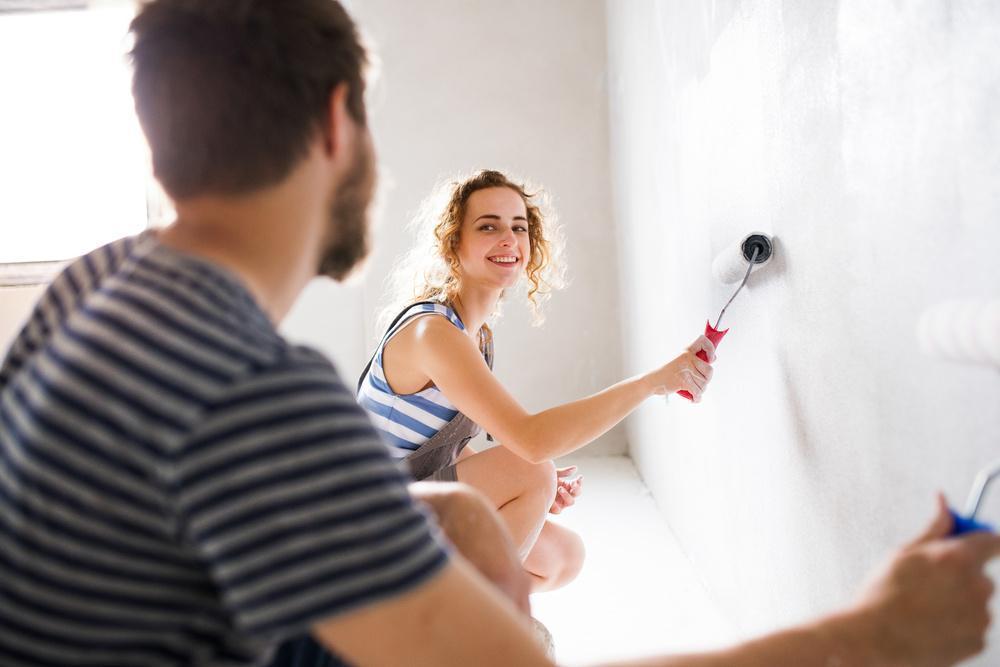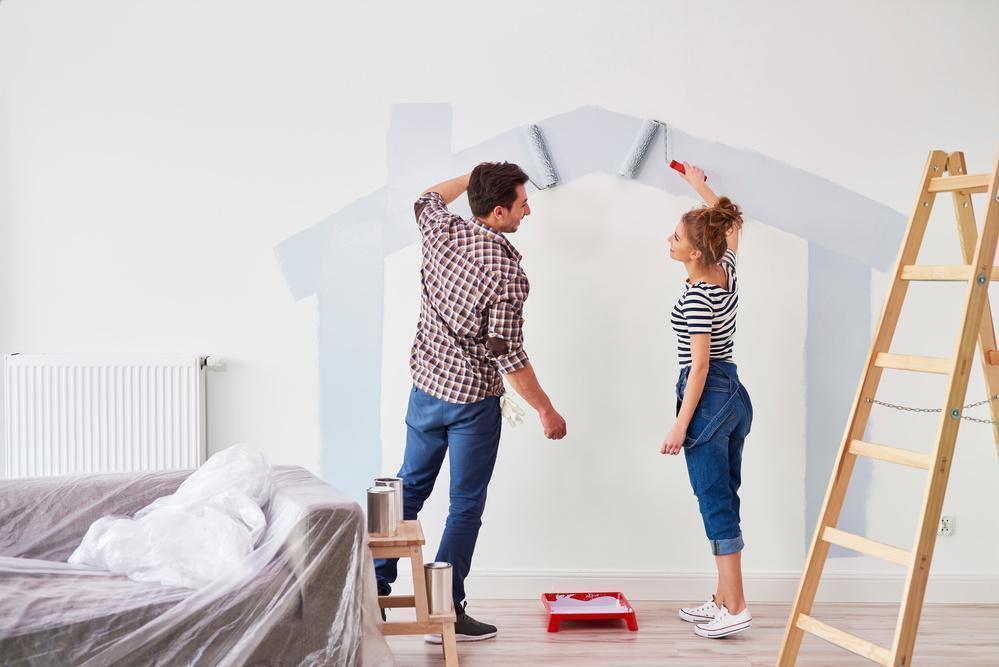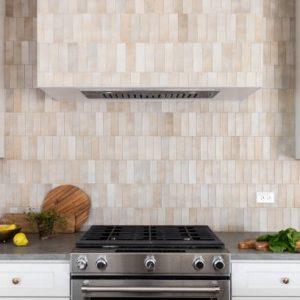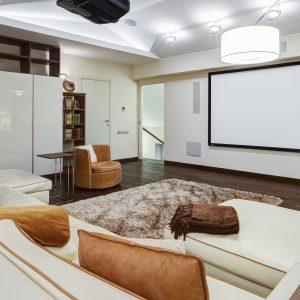Table of Contents
If you want to paint your home interior for a new look, it’s essential to follow the best practices for painting. You’ll not get the desired outlook if you do a shoddy job.
It’d be best to hire professional painters for quality services. But if you decide to Do-It-Yourself (DIY), you may still want to consult professionals on how to do it.
So, What are the do’s and don’ts of painting your home interior
Their insights on paint color, detailed cleaning, and wall inspection will come in handy. That said, below are some do’s and don’ts of painting your home interior:
Do’s
If you do it right, there’s no doubt your painting job will stand out. You can borrow some tips from the list below:
Use premium-quality paint
The quality of paint you use on your interior matters. Besides beauty, you also need durable paint. On this account, you should use premium-quality paint. Such paint has several ingredients which make it more adhesive. This way, your paint won’t peel off after a short time.
Also, you get a premium quality finish with premium paint and won’t need many coats. The pigmentation provides depth and more coverage to your painting work. To reap most of these benefits, it’s best to use high-quality paint.
Prepare your home and walls
The first order of business is to prepare your home for the painting job. Paint can be tough to remove if it pours on some of your interior decoration, such as seats and portraits. You can cover the furniture or take it to a different room.
After you’ve taken care of the accessories, you need to clean the walls. If you don’t wipe the dust off the walls, your paint will not adhere properly to the walls. You can avoid these occurrences by using a towel and broom to dust your walls.
Next, lay down painter’s tape on the edges or surfaces you won’t paint. It protects the surfaces from splashing and paint marks. For floors, you can use cotton drop clothes to keep them off paint drops.
Use the right equipment
A painter is as good as his tools of work. Therefore, you need the right equipment to do a thorough job. On this account, have several brushes for the different phases of your painting work. Here’s a quick list of the brushes and their use:
- Angled brushes: They help make clean lines on the edges.
- Fan Brushes: They make textures and special effects like dots and multiple lines.
- Round brushes: They help cover large areas and are excellent for washes.
- Liner brushes: Their long bristles come in handy when adding details on smaller surfaces.
Apart from brushes, you also need other equipment, such as ladders, rollers, and a paint tray. They help make your work easier.
Prime your walls
Before you start working on your walls, you must prime them. A primer works hand in hand with caulk to protect your walls and provide a strong base for the coat. It makes your pain stick and more adhesive. On the other hand, a perfect finish depends on the primer.
Therefore, once you finish cleaning your walls, you can apply a primer before your first coat. You should also use the primer when changing from a bright to a dark color. Also, a primer will help you save on paint if your surface is badly stained.
Do a single mix
Paint can change if you use different cans to mix. The last thing you want on your walls is clashing colors. The different shades can be noticeable, reducing the quality of work. To retain consistency, it’d be best to pour all the paint you need into a single can and mix thoroughly.

Don’ts
Here are some of the things to avoid when painting:
Don’t paint on wet paint
The best results from a painting job require you to give your paint ample time before applying the next coat. Thus, don’t rush and paint on wet paint. You’ll have no perfect paint job if you rush through it. Read the instructions on recommended wait times before moving on to the next coat.
Don’t paint on top of the wallpaper
The last thing you want is your paint coming off. Thus, remove the wallpaper by steaming or using a paper removal solution. Note that the wallpaper isn’t a permanent fixture on your walls. It can come out anytime. Thus, secure your paint by applying it directly to the walls.
Don’t close the doors and windows while painting
You require enough airflow in the room as you paint. Some paints have strong smells that can give you headaches. Ensure you paint in a well-ventilated space to avoid breathing in fumes that can be harmful. Also, enough air circulation fastens the drying process.
Conclusion
Anyone who has done an interior painting knows it’s not as easy as it looks. It takes precision and patience to get the best results. You can use the tips above if you want a perfect paint job. Most importantly, remember to use quality paint and ask professional painters for some insights.





